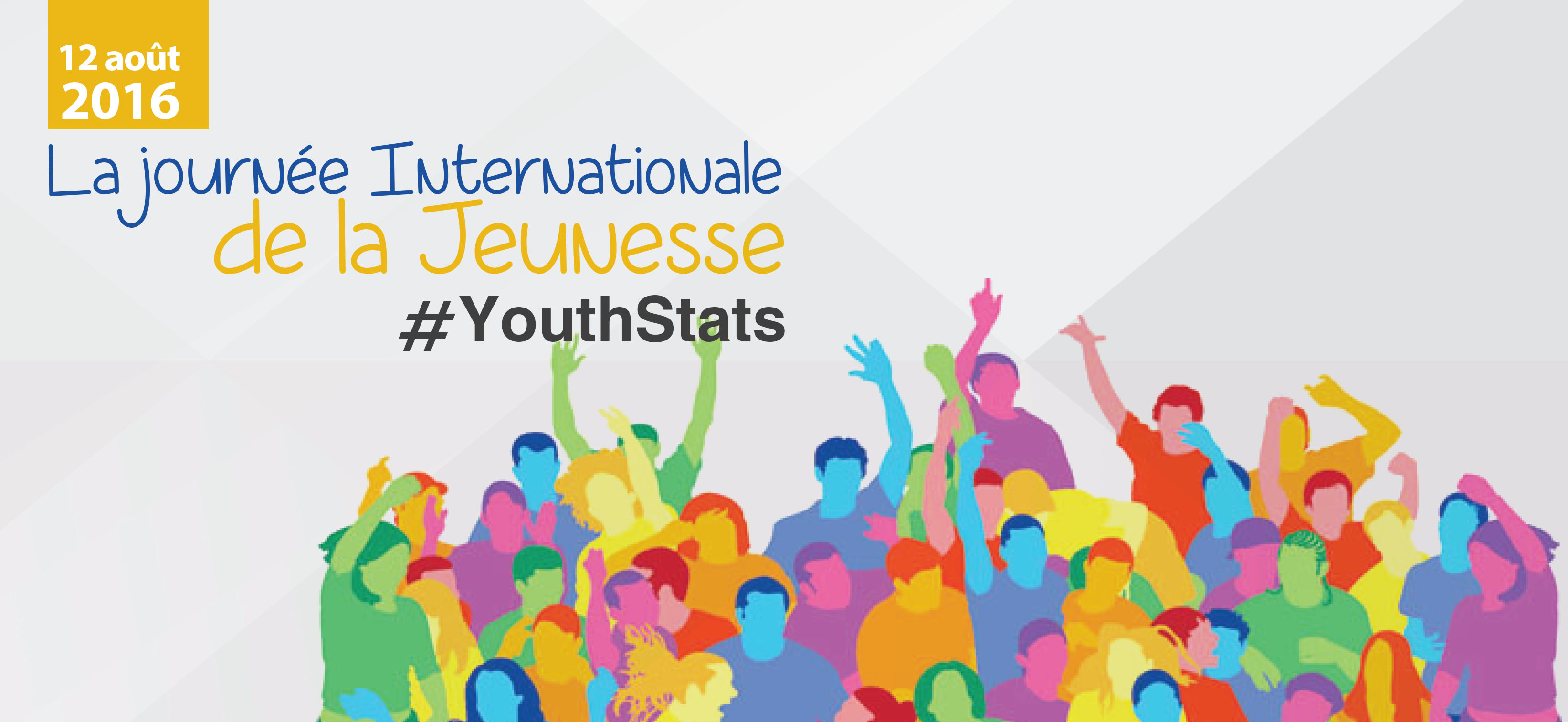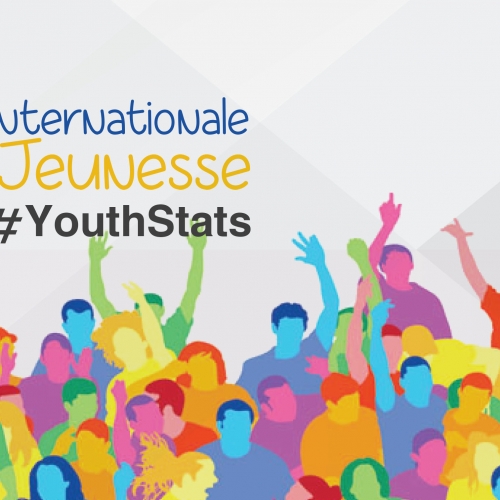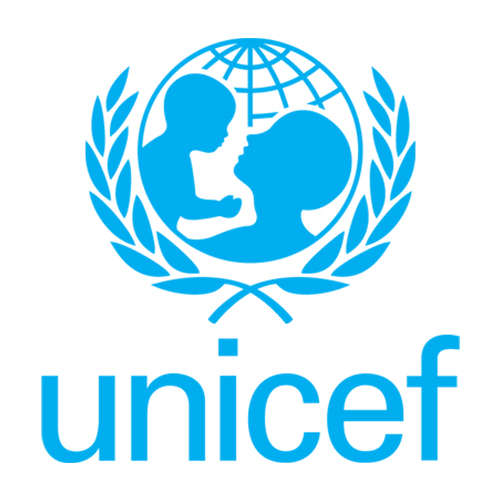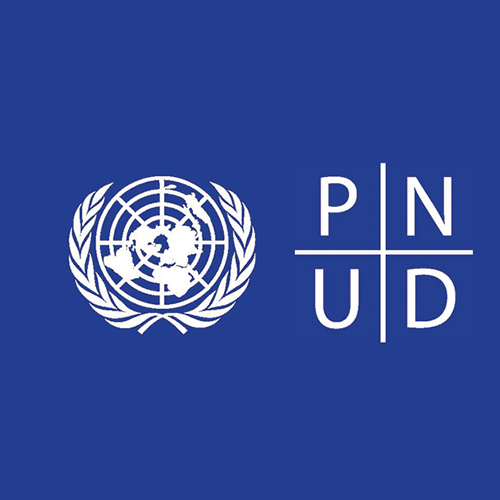- Every estimate of direct conflict deaths suggests that more than 90% of all casualties occur among young adult males [UNFPA, State of World Population 2015, p.21]
- Before the conflict in Syria, nearly every child was enrolled in primary school but by 2013 about 1.8 million children and adolescents were out of school. It took just two years of civil war to erase all education progress made since the start of the century. Today, some 50% of the 1.4 billion people living in countries impacted by crises and fragility are under the age of 20. [OECD report on States of Fragility, 2015]
- Young women make up 10-30% of armed forces and armed groups worldwide. In 2008, an estimated 100,000 girls under 18 were fighting in armed conflicts globally. [UNDP Practice Note: Young People’s Participation in Peacebuilding, p.17]
- In 2011, around 14 million youth were forcibly displaced by conflict and disasters. Today, that number is much higher. [PBSO, 2014]
- 8 out of 10 adolescent girls who died as a result of violence were between the ages of 15 and 19. [UNICEF A statistical snapshot of violence against adolescent girls, 2014]
- During conflict, weakened institutions, poverty and financial hardship leave adolescent girls vulnerable to abuse, exploitation, and violence (including risky livelihoods). [Women’s Refugee Commission, 2014]
- There is a big gap within the humanitarian community at large in collecting data on youth affected by conflict. [UNHCR, 2015]
- Globally that humanitarian responses to a great extent focus on children below age 18 years, while adolescents and youth, however, are considered to be more resilient and, thus, of a lesser priority. [UNESCO,UNFPA, UNICEF, UNHCR, Save the Children International, 2014]
Education
- At 48%, gross enrolment ratios in secondary education are nearly 20% lower in conflict-affected countries and are far lower for girls [UNDP, Fast Facts: Youth and Peacebuilding, 2015]
- 21% of young people are illiterate in conflict-affected poor countries [UNDP, Fast Facts: Youth and Peacebuilding, 2015]
- Less than 1% of youth who become refugees due to conflict have access to tertiary education. [UNHCR, 2015]
- The quality of secondary education in conflict-affected contexts remains a major challenge, as teachers not trained to national standards.[UNHCR, 2015]
- In a country with a high ratio of youth to adult population, doubling the percentage of youth with secondary education, from 30% to 60%, would halve the risk of conflict. [UNESCO, 2014]
- Just 79% of young people are literate in conflict affected states compared with 93% in other countries. [UNESCO, 2011]
- In many countries, the military use of schools led to them being attacked and use as a justification by perpetrators of attacks. [Global Coalition to Protect Education from Attack, 2014]
- Attacks on higher education between 2009 – 2013 included assassination, killing or injury of students and academics, arbitrary arrest, torture, abduction, kidnapping, imprisonment and the bombing of groups of students, individual academics and higher education facilities. [Global Coalition to Protect Education from Attack, 2014]

.
Interpersonal violence
- 43% of all homicide victims are aged 15-29. [UNODC, Global Study on Homicide, 2011 and 2013]
- In the Western Hemisphere, 37,000 people under 24 years of age were intentionally killed in 2010. [Geneva Declaration Secretariat, Global Burden of Armed Violence, 2011]
- In regions with high prevalence of armed violence, male victims between 15-19 years old are amongst one of the most affected group by homicides by firearms, while women and girls are at high risk of being killed by their partners. [UNODC, 2013]
- An estimated 180 adolescents die every day as a result of interpersonal violence. [WHO 2014]
Sexual Violence
- Adolescents, particularly girls, are especially vulnerable to sexual violence, which further increases the risks of unwanted pregnancy, unsafe abortions and STIs, including HIV. [UNFPA, 2012]
- Sexual violence against adolescent girls was reported in all 51 countries that have experienced conflict since 1986. [Women’s Refugee Commission, 2015]
- Among the list of 30 countries with the highest prevalence of child marriage, more than half are considered fragile or conflicted affected states. [OECD, 2012; UNFPA, 2012]
Organismes concernés
Voila ce que les autres utilisateurs ont pensé de cet article
Ingénieux 0 %
Persuasif 0 %
Drôle 0 %
Informatif 0 %
Inspirant 0 %
Inutile 0 %






